
Recommendations are, that wounds are assessed at least once per week.

Recommendations are, that wounds are assessed at least once per week.
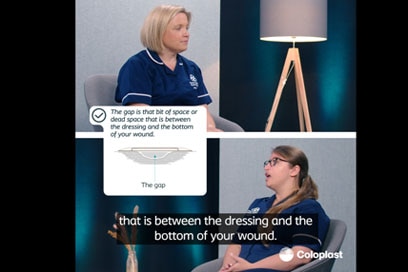
The gap is that bit of space or dead space that is between the dressing and the bottom of your wound.
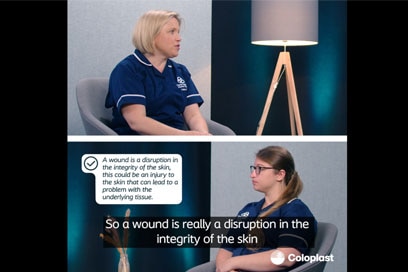
First and foremost, do a holistic assessment of your whole patient.
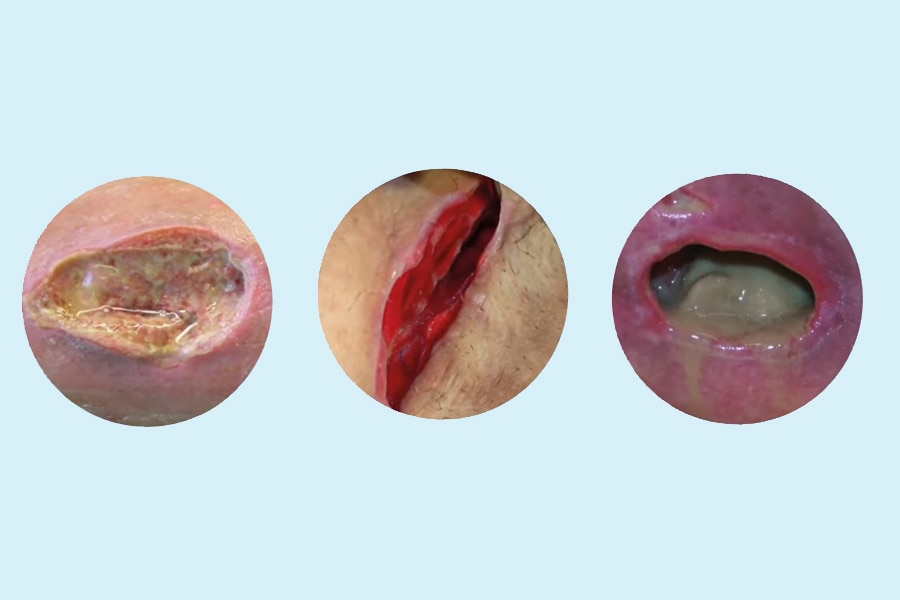
Exudate is the fluid that leaks from the wound. It is a natural and essential part of the wound healing process.

A wound is a disrption in the integrity of the skin, this could be an injury to the skin that can lead to a problem with the underlying tissue
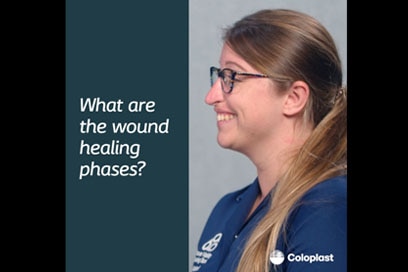
When someone gets a wound, we know that the body starts a complex healing process - inflammation, proliferation and remodelling.
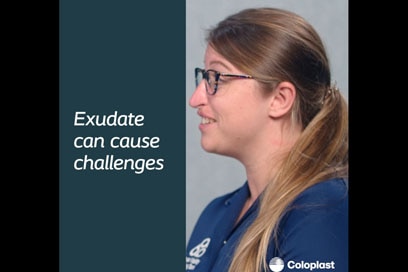
If we don't manage exudate correctly, we can get pools of exudate in our patients wound, potentially increasing the risk of infection in the wound.
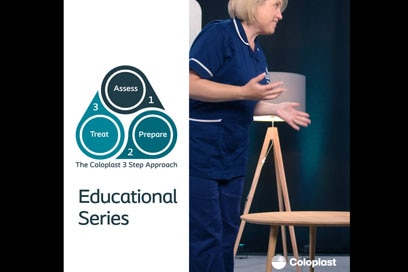
A holistic wound assessment is essential when it comes to planning how you're going to treat your patients.

Did you know that what is removed from the wound is often more important than what is applied to the wound in terms of dressing selection?

Did you know, what is removed from the wound is often more important than what is applied to the wound in terms of dressing selection.

What are the challenges when promoting cleansing and debridement?

Wound preparation is clinically proven to speed up wound healing and should be a routine and regular practice at every dressing change.

As a general rule: If the wound is not covered in granulation tissue, debridement can be performed to help the wound heal.
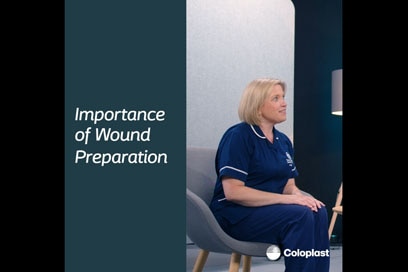
A holistic approach to encompassing both the assessment and physical cleansing and debridement of a wound bed, edge and periwound skin.

There are many factors that can impact wound healing, these range from age through to different comorbidities such as diabetes.

Learn key tips to consider when choosing a dressing. How you select the right silicone foam dressing. How you select the right gelling fiber dressing
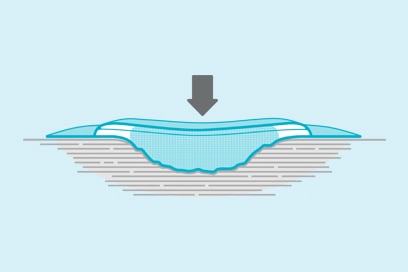
Learn how to prioritise the management of the gap and wound exudate, as well as how a wound bed conforming dressing can help you effectively treat patients.
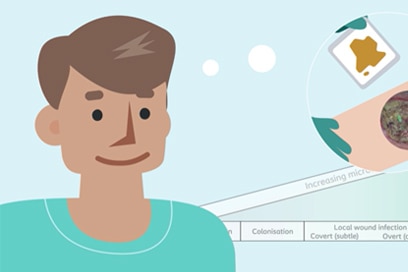
Did you know? All open wounds are contaminated or colonised with microorganisms; however, not all contaminated wounds become infected.

What are the best practices for preventing infection and biofilm development?
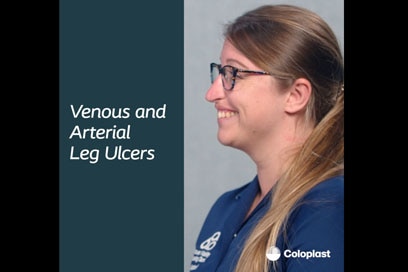
How do we make the dagnosis between a venous leg ulcer and an arterial ulcer?
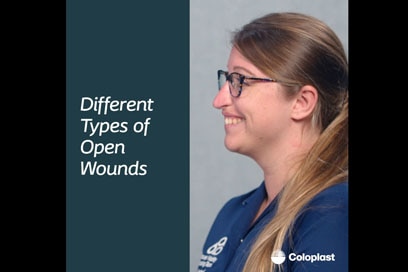
How would we treat open wounds such as lacerations or puncture wounds?
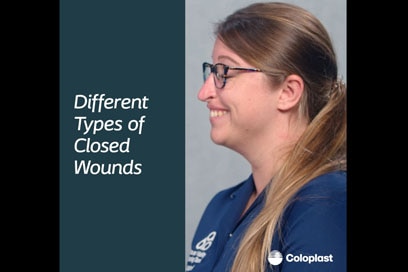
How do we treat closed wounds such as hematomas or blunt force traumas?
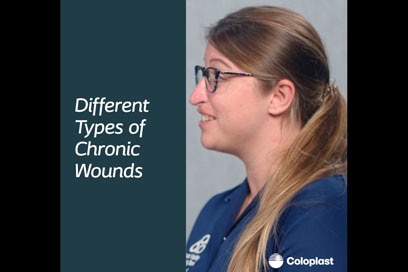
Chronic wounds can be caused through many different factors, so its important that each person has an individualised plan of care.
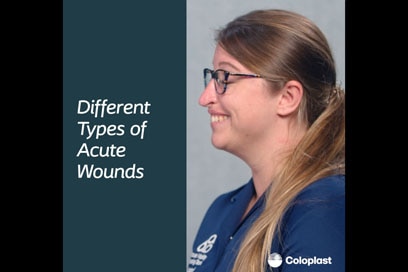
Acute wounds include trauma wounds, skin tears, burns and surgical wounds.